

James Wong
2025 Mazda CX-5 G25 Touring AWD review
5 Days Ago
Does Toyota's road-going rally car live up to the hype? Chris Atkinson takes the GR Yaris on track to find out.
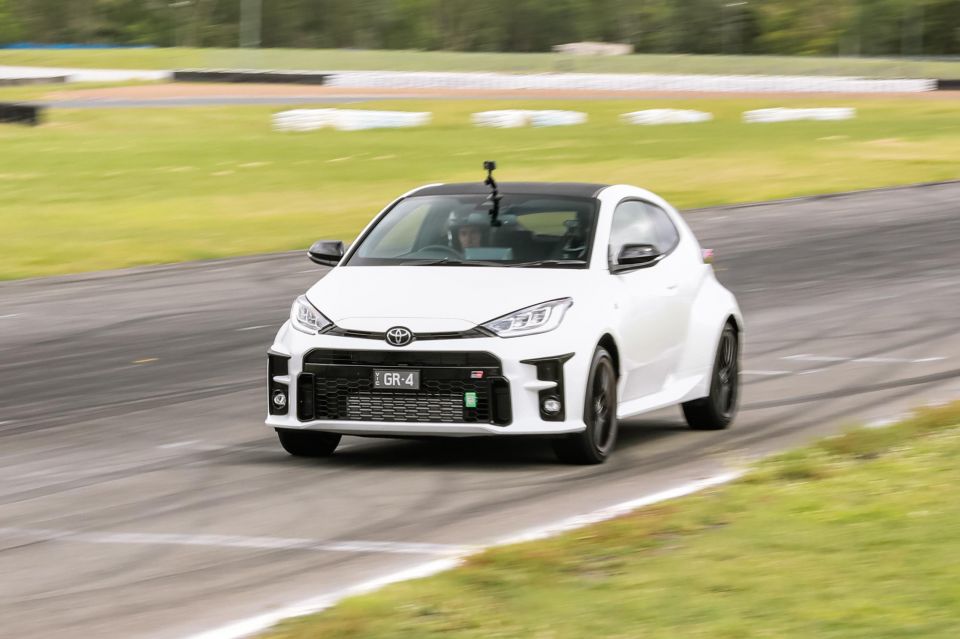
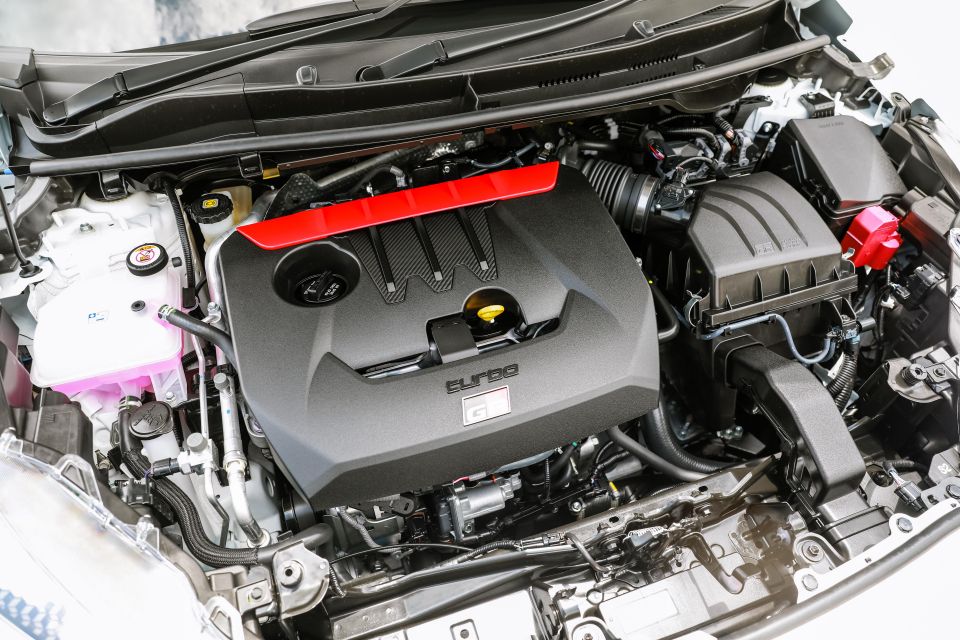

Performance Editor
New from
$22,130
excl. on-roads

Performance Editor
New from
$22,130
excl. on-roads


Performance Editor
New from
$22,130
excl. on-roads

Performance Editor
New from
$22,130
excl. on-roads
Quickly see how this car stacks up against its competition. Select any benchmark to see more details.
Where expert car reviews meet expert car buying – CarExpert gives you trusted advice, personalised service and real savings on your next new car.
When I arrived at Queensland Raceway it was the first time I had laid eyes on the 2021 Toyota GR Yaris, which I had heard so much about.
This car is the talk of the industry at the moment and reminds me of when I first got into rallying with homologation special editions from Subaru, Mitsubishi, and even Toyota.
Needless to say, I was pretty excited to get on the track and see if it could live up to all the hype. Now a good rally car you can connect with instantly and the fact I went out and did my fastest lap on my first flyer shows the GR Yaris is pretty easy to get along with.
I didn’t get a chance to take it for a good run on some good back roads, though I am sure it would be a huge amount of fun and offer a rewarding driving experience.
As a driver you feel a connection to the car and its playful nature keeps a smile on your face.

Despite being a tiny 1.6-litre, three-cylinder mill, the Toyota GR Yaris lays claim to some pretty impressive numbers – 200kW and 370Nm make this a really entertaining little package.
It revs out really smoothly, with a consistent spread of performance across the rev range. Ideally it would have had a bit more response down low, but that’s a real challenge engineering-wise for such a small engine which is focused on peak power
I didn’t feel I could balance the car using the torque curve as much as I would have liked and this would have definitely helped with the lap time. If you fall too low in the revs it can take some time to get going again.
That being said, it sounds great and loves living high in the rev range. In a way that makes it fun and a challenge to drive, and you really feel like you are pushing it to the limit.
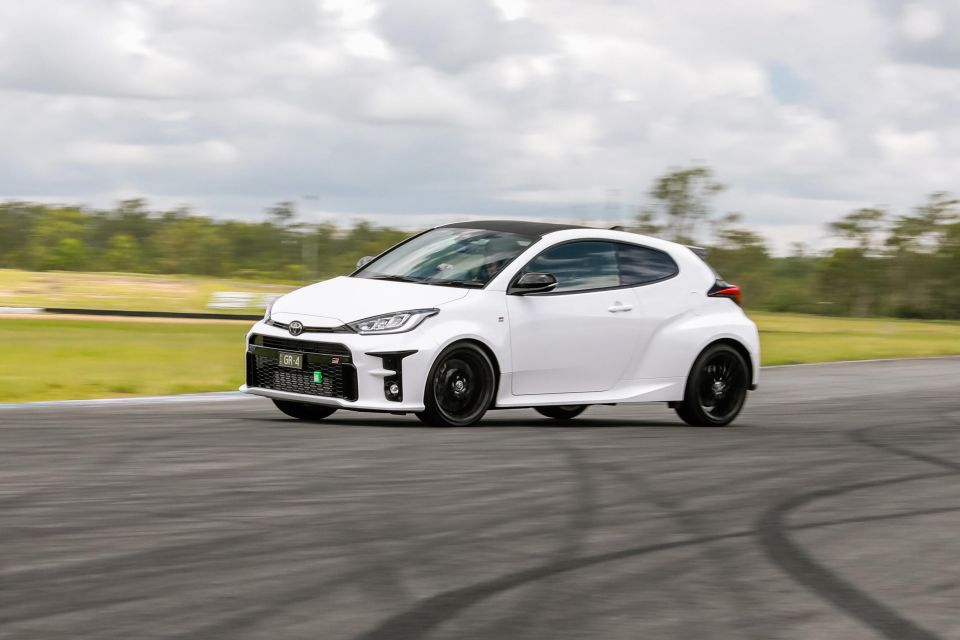
I loved the brake feel in the Toyota GR Yaris, in a similar vein to the feeling I had with the Toyota 86. I felt in complete control and I could modulate and load the brake easily and with consistency.
Oh, and handbrake turns! No problem negotiating the tightest of hairpins.
There was no interference from the ABS either, which is always appreciated.

The chassis has a slight tendency to understeer on longer-radius fast corners, being such a small car, I thought it would have been a bit more nervous than it actually was.
Dynamically it’s almost there, but just didn’t quite settle into a nice balance during the middle phase of the corner. You can get it to slide a little when you try and rotate the car, but you have to be spot on with your inputs and you can easily lose that balance.
If you try and be overly aggressive you can lose front grip easily and although some of this can be chassis-related, a large part is because of the tyres and also due to the lack of front and rear LSDs in this version, as you cannot recover it with power, it only makes the problem worse.
In an ideal world I would have liked a more dominant front end while loaded. Initial response is very good, it works well on short corners and quick changes of direction, but on longer, tightening corners it misses out just a bit.
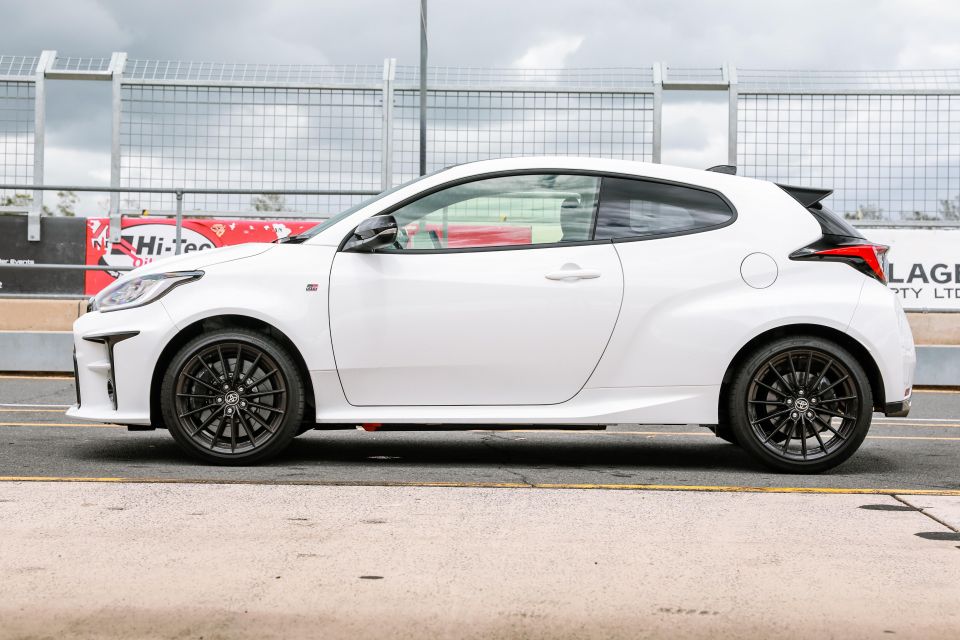
With the six-speed manual transmission I struggled a few times to get the gear fully engaged and didn’t have complete confidence with the shifts. Interestingly it got worse as the car warmed up. It felt sharpest on the first few laps.
The way Toyota has set up the all-wheel drive system seems to work really well, with a clutch pack distributing torque front and rear.
You have the ability to switch between three modes, Normal, Sport and Track. Normal mode sends 60 per cent front 40 rear. Sport mode sends 30 per cent front 70 rear, making the car a bit more free early in the corner, but losing traction on slow corner exit. Then finally Track mode which is 50:50, and the mode I did my best lap times in.
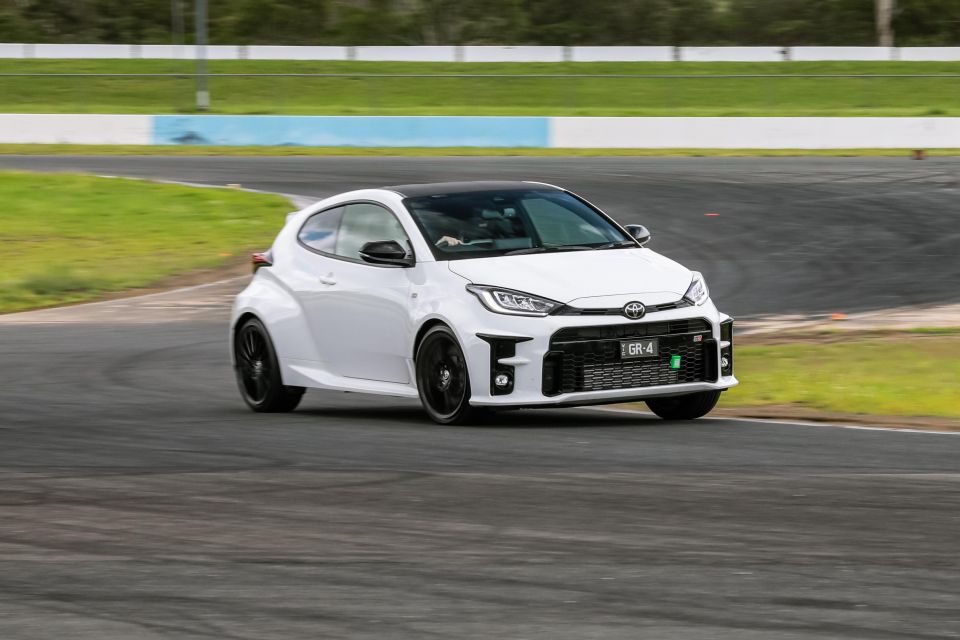
The great thing about this is it has a noticeable influence on the balance of the car. It was interesting that as the tyres got hot, I was able to do better lap times in Sport mode as it was easier on the front tyres. This really reminded me of what I could do in the old active differential WRC days, adjusting the centre diff during stages depending on tyre and road conditions. Very cool!
Unfortunately the standard GR Yaris doesn’t have front and rear LSDs like the Rallye. When the tyres didn’t have too much heat in them, I think the difference wouldn’t be too significant.
As soon as they got hot the time dropped away, and it wasn’t as easy to drive or get a good time out of.
My biggest complaint is: due to that fact it doesn’t have locking across the front and rear axles, any attempt at a big AWD slide or gymkhana-style donuts is impossible. For me, this is a key attribute for a car like this.
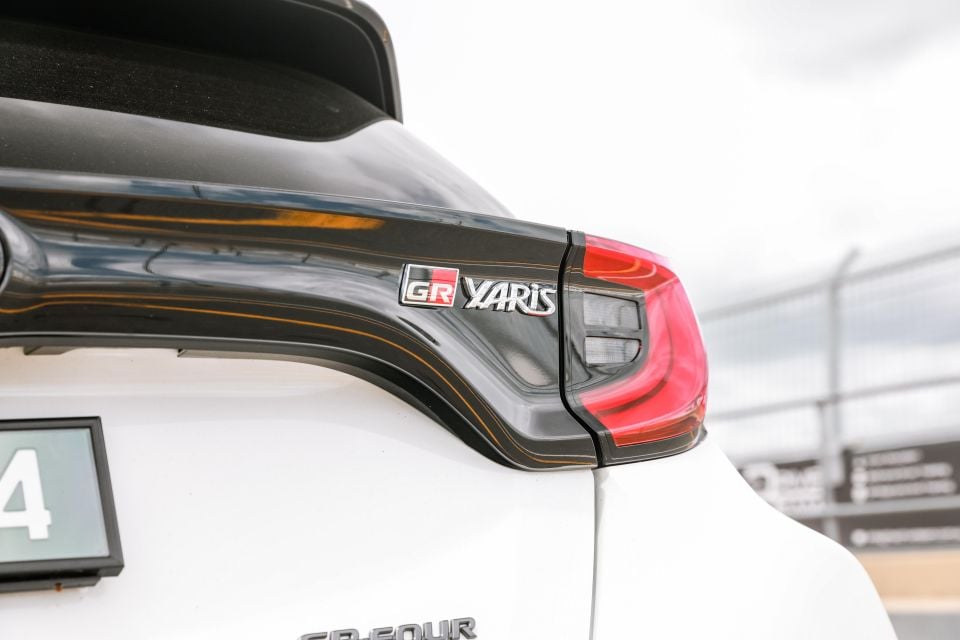
For a car with reasonable wheel travel and compliance, the Toyota Yaris GR still has a lot of support and the ability to control movement when pushing hard.
It does move around, and I think that actually suits the experience you want from this car. It’s not trying to be go-kart rigid, it wants to be flexible and playful.
The ability to attack kerbs and bumps is excellent. It does it all without upsetting the balance, staying continually calm and confidence inspiring.

The steering was excellent, it offers great feedback and I felt really connected to the car.
The fact I could jump straight in and do a quick lap shows the driver is getting all the information they need.
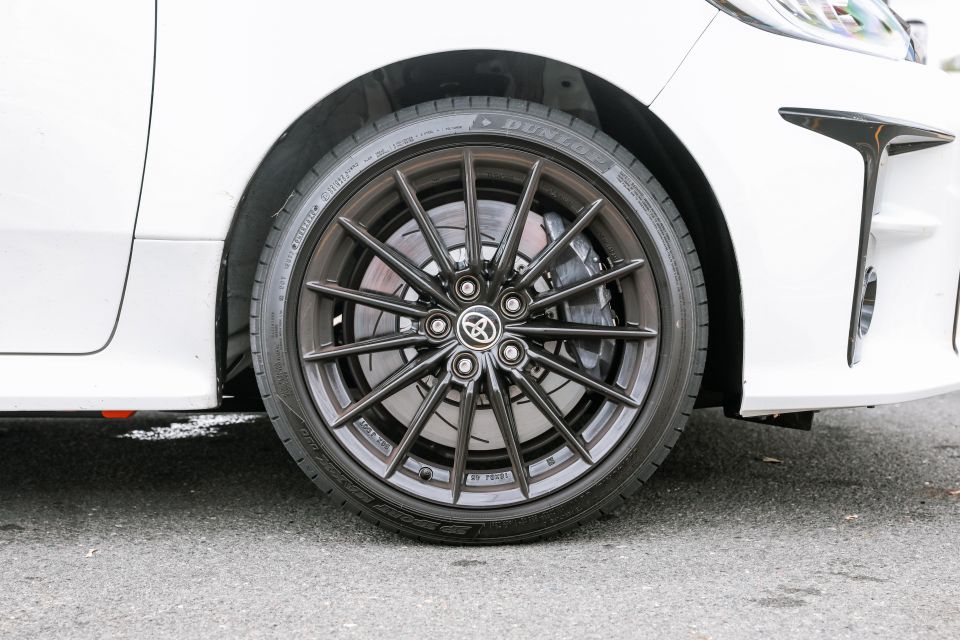
The Dunlop Sport Maxx tyres are a little disappointing for the GR Yaris, both in terms of overall grip and endurance.
Within a lap the performance started to drop off, instantly losing more than half a second. Considering you have a pretty light vehicle with all the wheels driving, it’s surprising to see such a significant time loss.
Fortunately it’s an easy fix, with a quick tyre upgrade or going for the Rallye Edition which has higher-spec Michelin rubber as standard. The standard tyres just let the package down slightly.
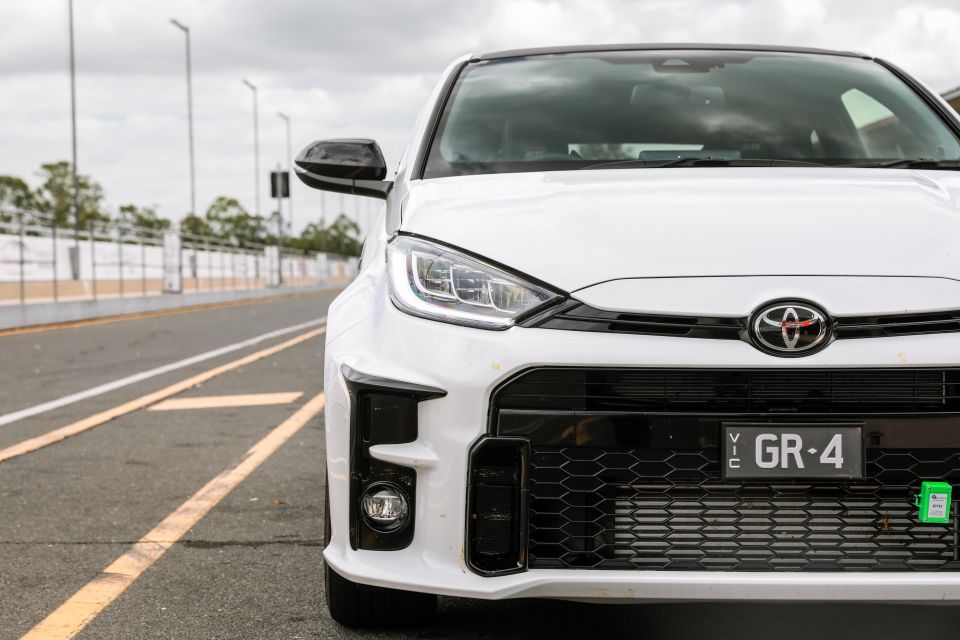
I did all my laps with traction control and stability control off. The car has plenty of grip and traction and not once felt like there would be an advantage to having them switched on during track work.
Obviously this also depends on your level of experience.

The driver’s seating position is good, you feel like you’re sitting a little higher than usual but not too ‘on top’ of the car. I still felt like I was part of the car and connected – it wasn’t dissimilar to how you would feel in the rally car version.
The steering wheel is a really good size, and I could set it to the exact position I like.
I would have liked a bit more of an exciting dash design to go with its rally heritage. It’s a touch basic and I think a rally-inspired cluster would have really finished it off.
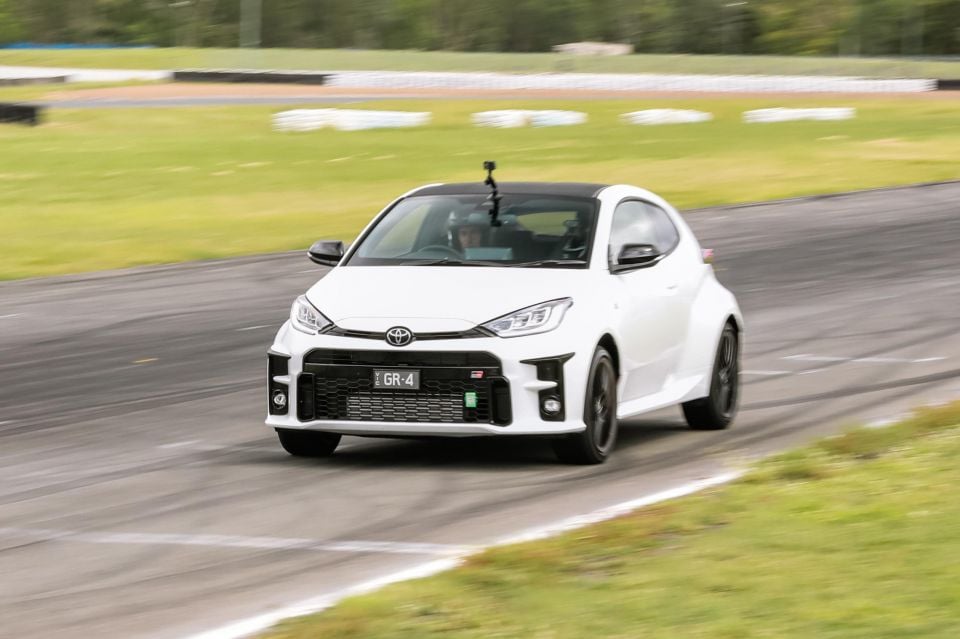
This is a really funny situation! There has been so much hype about the Toyota GR Yaris, that it warps the perspective of what it should be capable of.
Realistically a good target would be the VW Golf R Final Edition, which has a slight power advantage and a slight weight disadvantage, plus better rubber.
In the end it managed to beat the VW by just over one tenth of a second, with a lap time of 61.59 seconds.

This is pretty solid considering the tyre disadvantage. Yet I had in my head that this could be a sub 60-second car, can the Rallye edition with stickier rubber and LSDs take it there? I’m excited to find out…
Overall the Toyota GR Yaris is a great driver’s package, that you can have a heap of fun with on track or any type of road. With a couple of small changes it could be really quick.
Finally, is the hype justified? For me, yes it is! Having a mass manufacturer reigniting brand passion and linking race cars directly to its road-going models is why so many of us are into motorsport and cars, and it’s a rarity these days.
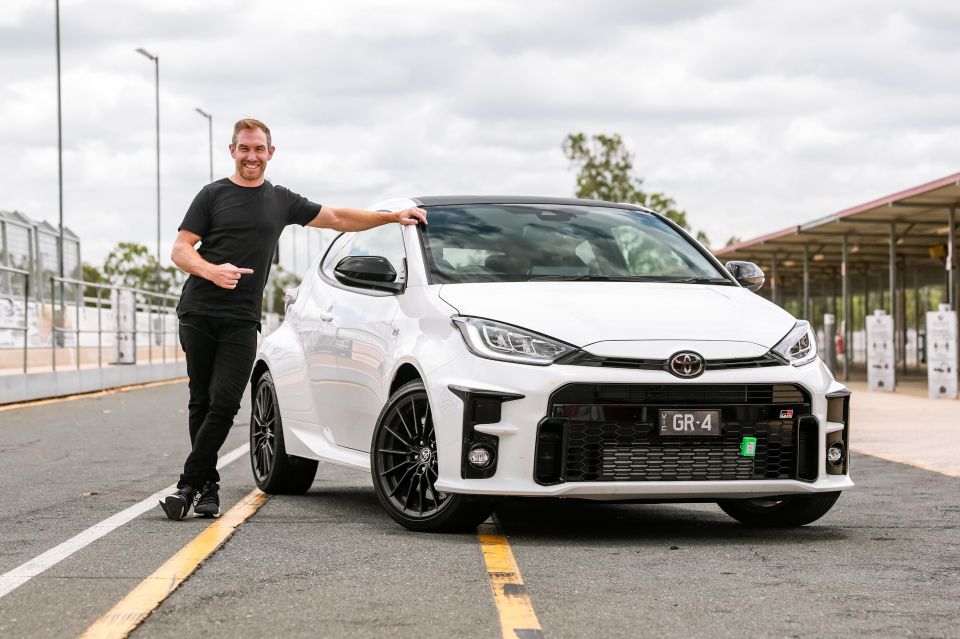
Where expert car reviews meet expert car buying – CarExpert gives you trusted advice, personalised service and real savings on your next new car.
Click the images for the full gallery
Where expert car reviews meet expert car buying – CarExpert gives you trusted advice, personalised service and real savings on your next new car.


James Wong
5 Days Ago


Max Davies
4 Days Ago


Josh Nevett
3 Days Ago


Josh Nevett
2 Days Ago


Paul Maric
1 Day Ago


Damion Smy
17 Hours Ago